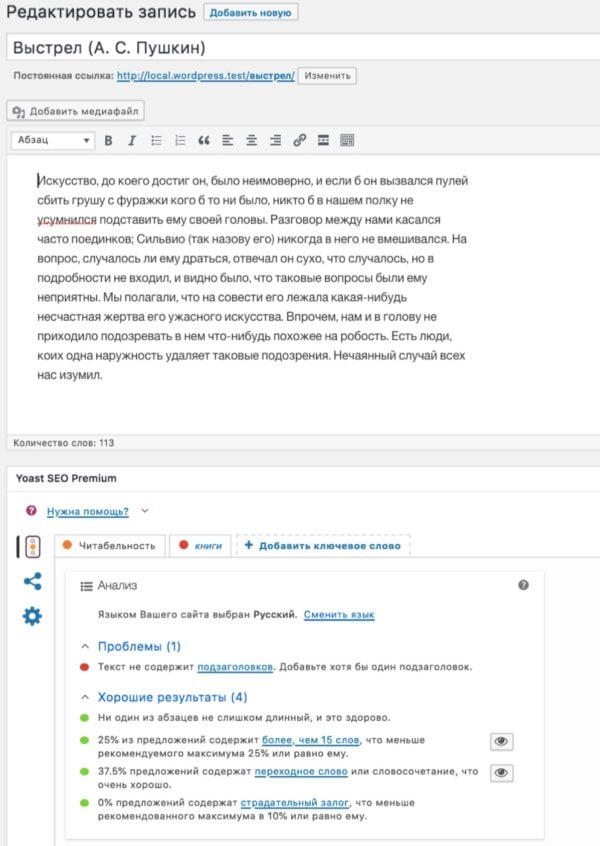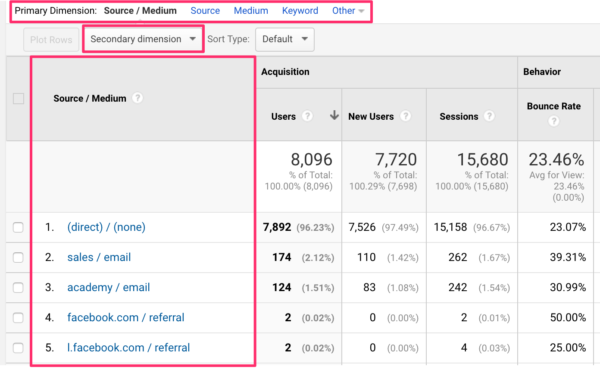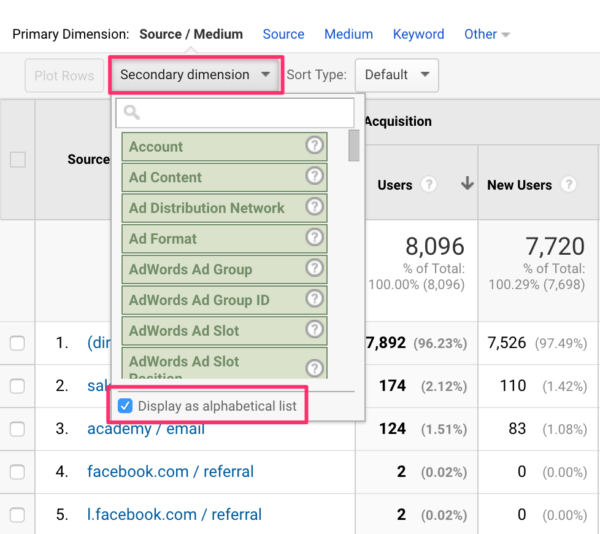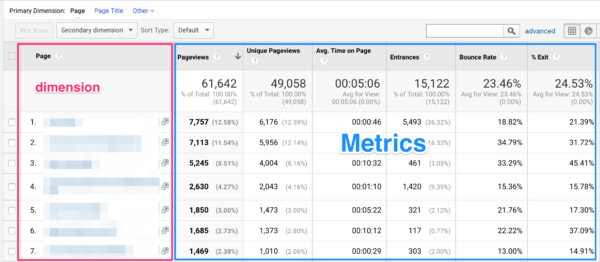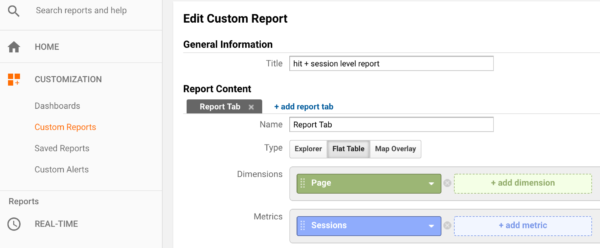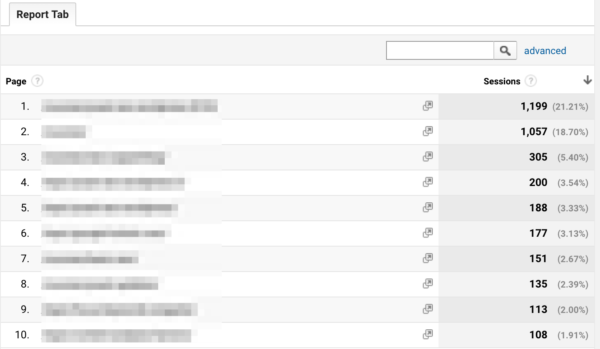In SEO, all of the important elements must be aligned in order to generate positive results. Factors like finding the right keywords, creating quality content, and optimizing backlinks all help create a successful strategy. However, all of these can crumble down when one element does not meet the standard.
You might have quality content, and the right keywords, but this would all be put to waste when you do not have the right domain name. Surely, users will be able to find you through keywords, but not having the right domain can greatly affect the amount of traffic that you would be able to receive.
This is why choosing the right domain name matters a lot, as users would be able to identify your brand much better, which helps improve your visibility and authority. We at SEO Hacker ensure our clients that they get the right domain name for their brand, and here’s how you can do it too.
Make it easy to spell and rememberThe goal of promotion and advertisement is having your audience remember your brand. This means it pays to have a catchy name that your audience would easily associate with your brand. The same must be applied to your domain name in order to instill a sense of familiarity.
When it comes to picking domain names, keeping it short and sweet is one of the best practices, as it makes it easy to remember. Have you ever encountered a situation wherein you wanted to know more about a brand, but can’t remember the name because it’s hard to remember? This is what you should avoid for your domain name. Sometimes, the simplest domain names are the most effective, and looking at famous examples makes this point even truer.
These famous examples include sites like Google (google.com), Apple (apple.com), and Facebook (facebook.com). While these brands have been recognized for the services that they have provided, their catchy and memorable names sure have helped in making them more memorable.
Keywords in domainsSince SEO is about making use of keywords to improve website visibility, using keywords in the domain name itself is also a viable strategy. We have had clients that use keywords as their domain name in order to make users find them faster. This approach works best for products and services, as it helps get users straight to what they would be looking for.
Having keywords as a domain name also boosts your search rankings much quicker, which helps increase website traffic, and create more conversions for the brand.
Area-specific domainsOther than keywords, using domain names that include your brand’s location is also effective, especially for local SEO strategies. This is another strategy that we use on the websites of our clients, as they have region-specific services that they want to target for their brand. Common types of locations that are used include cities, countries, and even provinces.
This not only helps generate more traffic within a certain area but also help users look for your business much better. With the upcoming Google Maps update, and the increasing number of users using voice search, expect area-specific domains to become more common in the near future.
No numbers and hyphensWhile there are a good number of brands that include numbers in their names and are well-known for doing so, it is still advisable to avoid using them as much as possible. Going back to the first pointer of keeping the domain name memorable and easy to spell, adding numbers and hyphens would only add an unfamiliar element that can make it more challenging to remember.
Imagine having to remember a domain with a hyphen. One of the common problems would be that users tend to have a hard time trying to remember where the hyphen is placed in the domain. This type of confusion would end up with a lot of incorrectly typed domains, which would lead to less traffic. Eliminating these distracting elements would help make things more helpful for your users, as it makes recalling brand name domains much easier.
Social Media readyYou might have your website domain acquired and ready to use, however, can the same name be used for your brand’s social media accounts. If the answer is no, then you have a bit of a problem in your hands. Using similar domain name and social media handle helps push and reinforce your branding and makes it easier for social media users to look for these channels.
It is best to do some quick background research on your domain name and check if it’s available on platforms such as Twitter, Facebook, and Instagram before deciding on your domain of choice. Some social media handles and domains have copyrights and trademarks as well, which means using them can cause some legal ramifications that you definitely want to avoid.
Use tools like AhrefsSince some of the best domain names can also be keywords, one of the best places to look for possible domain names is on keyword research tools such as Ahrefs. This is one of the most effective keyword and content research tools available in the market, as it provides you with detailed statistical data on how well certain keywords perform.
You can use the same data to assess if your domain name can generate traffic as well. Assessing performance before purchasing the domain is crucial, and Ahrefs helps get the job done.
Key TakeawayChoosing your domain name can be a very challenging task in itself. With so many websites present on the internet, the amount of domain name choices become fewer as each moment passes by. With these tips, you ensured that you would be able to find the domain that fits your branding and service, and generates the best amount of traffic.
If you have questions and inquiries about SEO, leave a comment below and let’s talk.
https://ift.tt/2L9J1r2


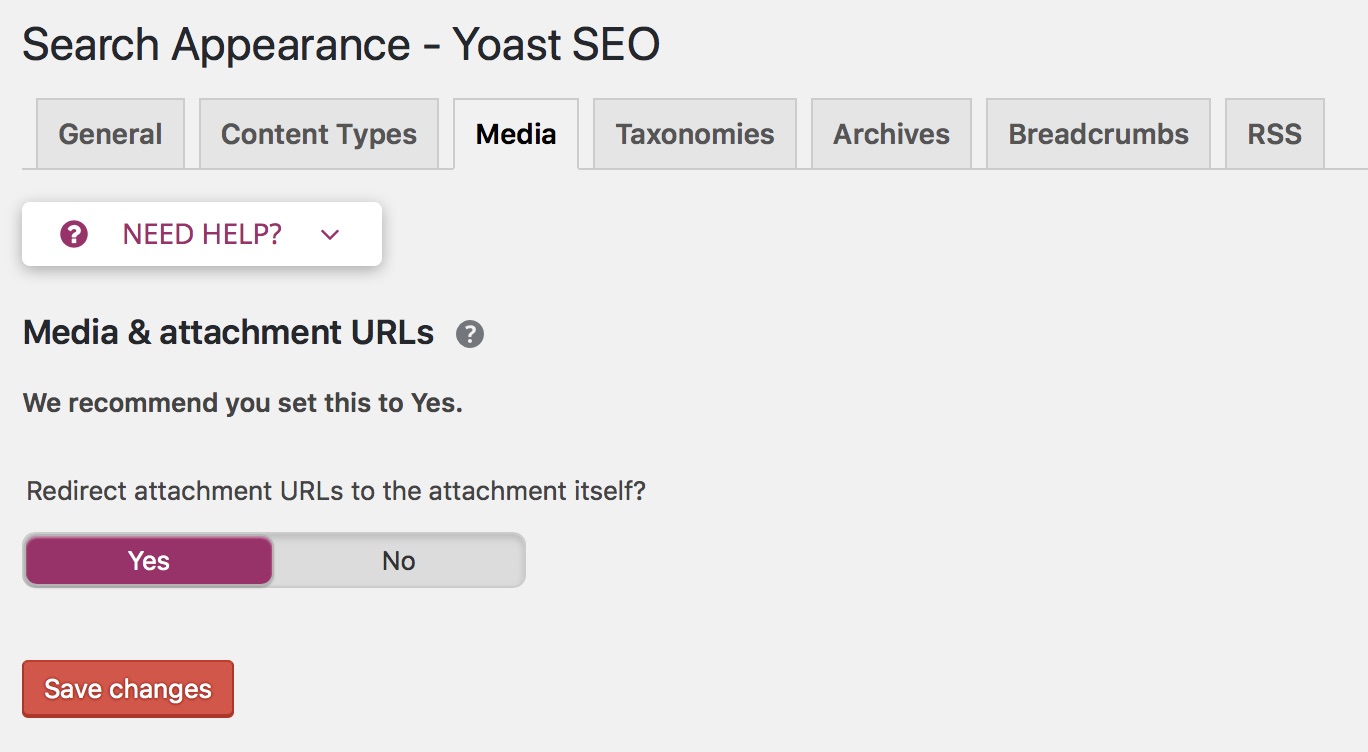










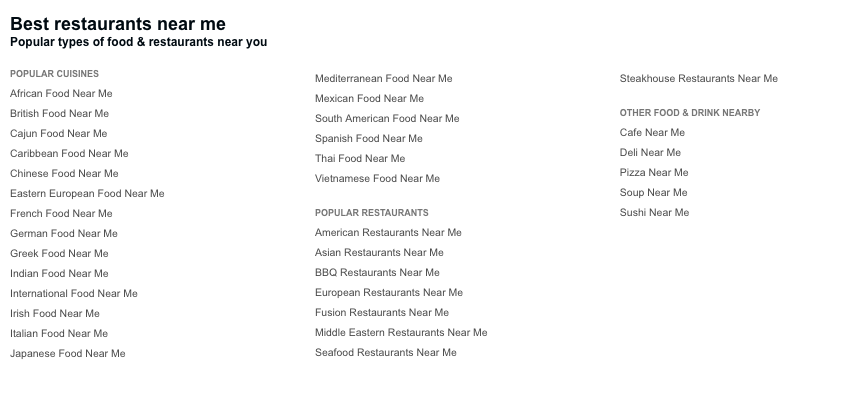
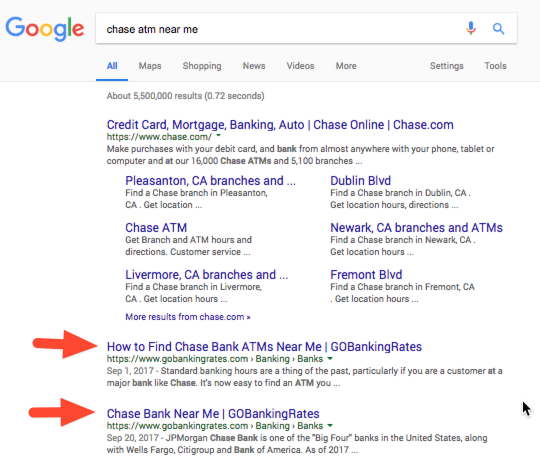
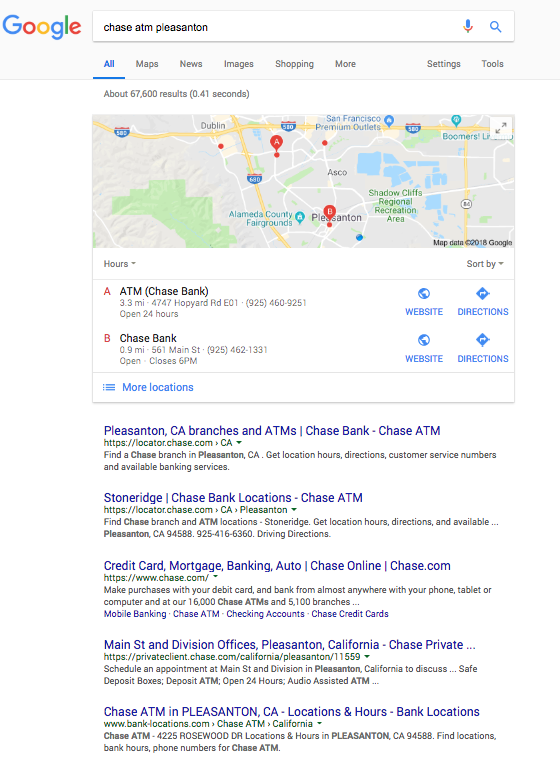




 It’s amazing how many opportunities we get as buyers to feel dumb. Imagine you need a new laptop and maybe it’s been a while since you last purchased one. What would you look for? You’d probably glance at things like processor speed and storage capacity and hope you got what you needed. But a company could make you feel smarter if they said, “This is a great laptop for most people’s business needs.” Or “If you’re doing any video editing or want to play games, this would be the best laptop for you.”
It’s amazing how many opportunities we get as buyers to feel dumb. Imagine you need a new laptop and maybe it’s been a while since you last purchased one. What would you look for? You’d probably glance at things like processor speed and storage capacity and hope you got what you needed. But a company could make you feel smarter if they said, “This is a great laptop for most people’s business needs.” Or “If you’re doing any video editing or want to play games, this would be the best laptop for you.”
